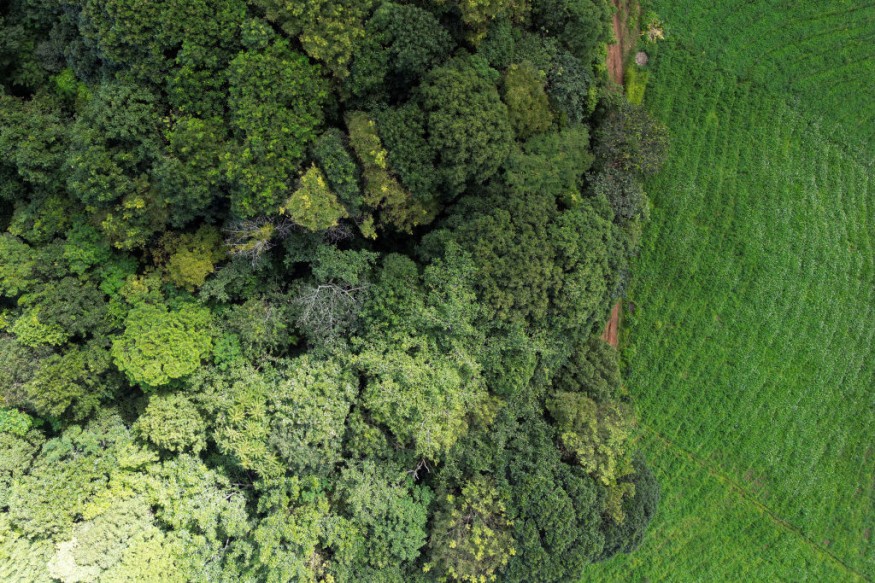
A recent study indicated that Asia's tropical forests were found to be more resilient to climate change.
Experts discovered that rather than dry savannah in Southeast Asia that was persistent during the Last Glacial Maximum more than 19,000 years ago, there was a mosaic of diverse closed and open forest types.
They pointed out that the continent's tropical forests could be more resilient to climate change than previously thought, provided that the diversity of landscape is being maintained.
Mosaic Of Forests
Dr. Rebecca Hamilton, lead author of the study, said that with climate change accelerating, scientists and ecologists have been concerned about what impact this will have on tropical rainforests in regions like the Southeast Asia.
Hamilton said that maintaining forest types that facilitate resilience should be a conservation objective for the region.
She said the study has suggested that prioritizing protection of forests above 1000 meters or the montane forest, alongside seasonally dry forest types could be important for preventing future ''savannization'' of Asia's rainforests.
Hamilton explained that savannization refers to the metamorphosis of a landscape, typically a forested area, into a savannah ecosystem, which typically involves open wooded plains.
She noted that the change is typically induced by climate variations, human interventions or even natural ecological dynamics.
In the study, experts have analyzed records from 59 paleoenvironmental sites across tropical Southeast Asia to test the so-called savannah model. This had assumed a large, uniform grassland expanded across the region during the Last Glacial Maximum.
They found out that records from pollen grains preserved in lakes have shown that forests persisted during this period alongside an expansion of grasslands, indicated by other biochemical signatures.
Previous studies have indicated that tropical forests are on the front line of climate change and human sustainability challenges, being key environments in discussions of the "Anthropocene" and some of the most threatened land-based habitats on the face of the Earth.
However, while it has been acknowledged that 21st-century anthropogenic alterations to tropical forests have the potential to set off major earth systems feedbacks on regional to global scales, there has been less discussion on how past human activities may have had similar impacts.
Read Also : Farms vs Forests: Asia's Next Dilemma is Weighing Between Tropical Rain Forests and Social Needs
Animal Migration
In the study, it was also disclosed that humans and animals migrating across the region would have had a more diverse resource base than what is previously understood.
Researchers have said that climate change is likely to reduce the suitable natural habitats in Southeast Asia, with an average reduction of habitat patches was 180,970 km2 (11%) when comparing the future predictions with the current state.
They noted that most of the species appeared to be retreating to higher altitudes and face suitable habitat reduction by 2100.
Further, they said that the large habitat patch average declined 183,474 km2 (12%), with two to ten species in imminent danger of losing their habitat, depending on the climate change modeling scenarios.
The biodiversity of Southeast Asia has been under threat over the past decades and is expected to decline between 13% and 85% by 2100
The main threats include habitat loss and degradation owing to extensive logging, agricultural expansion and hunting pressure. Natural forests have been degraded both in lowland, with a 50% loss over the past 20 years, facing increased agricultural expansion.
Related Article : Asia Pulp and Paper's Innovations in Sustainable Forestry
© 2026 NatureWorldNews.com All rights reserved. Do not reproduce without permission.





